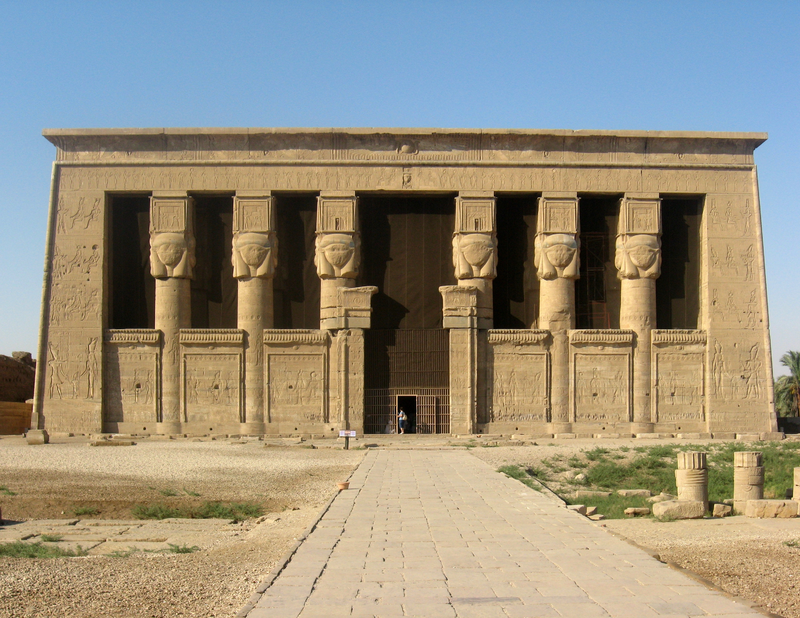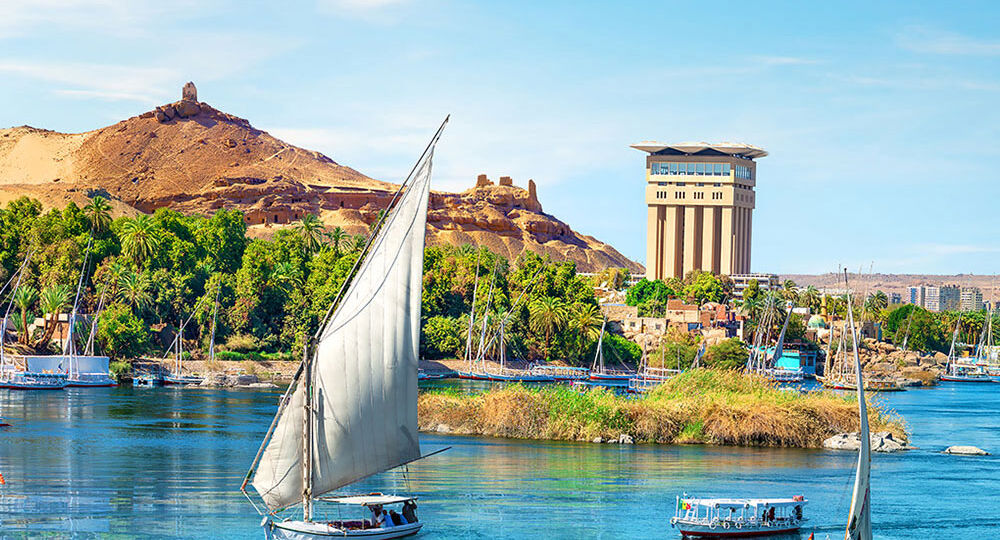A region along the Nile river encompassing the area between Aswan in southern Egypt and Khartoum in central Sudan. It was the seat of one of the earliest civilizations of ancient Africa, as the Kerma culture lasted from around 2500 BCE until its conquest by the New Kingdom of Egypt under pharaoh Thutmose I around 1500 BCE.
Nubia was home to several empires, most prominently the kingdom of Kush, which conquered Egypt during the 8th century BC during the reign of Piye and ruled the country as its Twenty-fifth Dynasty.
Nubians has been always renowned for their sheer honesty. They are artists by nature and they wish to stay on the Nile bank throughout their life. Bead works, embroideries, rosaries and jewelry are very special yet common crafts they excelled at, alongside sculptures of tough materials such as granite, basalt and marble. Basketry and other artworks made from different parts of palm trees are among the many things Nubians mastered, with their long deep-rooted knowledge of agriculture and planting Date Palms.
Discover Nubia
Elephantine
Peppered with palm tree plantations and sloping villages of colorful mud-brick houses, Elephantine Island is Aswan’s major tourist attraction. At its southern end are Aswan Museum and the Ruins of Abu, Aswan’s most ancient settlement, which contains the Old Kingdom Temple of Khnum and the Temple of Satet. The museum building, in a beautiful late 19th-century villa, is partially open, with a collection of artifacts that span Elephantine Island’s history up to the Roman era. On the eastern embankment near the ruins and down a flight of steps is Aswan’s Nilometer. Ancient Egyptians measured the Nile’s rise and fall with these stone-hewn wells, allowing them to estimate the height of the annual flood and thus predict the success of their harvest.
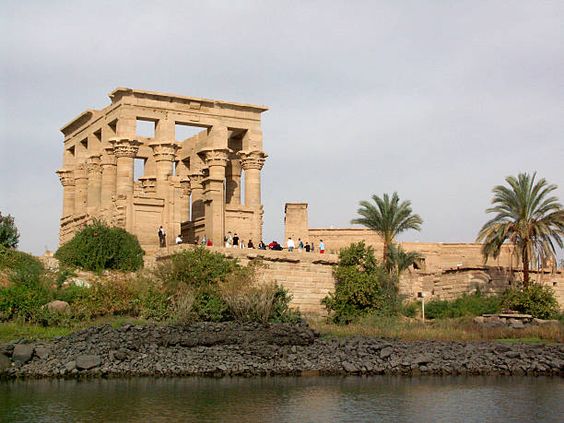
Nubian Museum
The International Museum of Nubia, was dedicated to Nubian culture and civilization. It was awarded the Aga Khan Award for Architecture in 2001, which is an architectural prize established by Aga Khan IV in 1977.
The building has three floors for displaying and housing, in addition to a library and information center. The largest part of the museum is occupied by the monumental pieces, reflecting phases of the development of Nubian culture and civilization.

Nubian Museum
The International Museum of Nubia, was dedicated to Nubian culture and civilization. It was awarded the Aga Khan Award for Architecture in 2001, which is an architectural prize established by Aga Khan IV in 1977.
The building has three floors for displaying and housing, in addition to a library and information center. The largest part of the museum is occupied by the monumental pieces, reflecting phases of the development of Nubian culture and civilization.
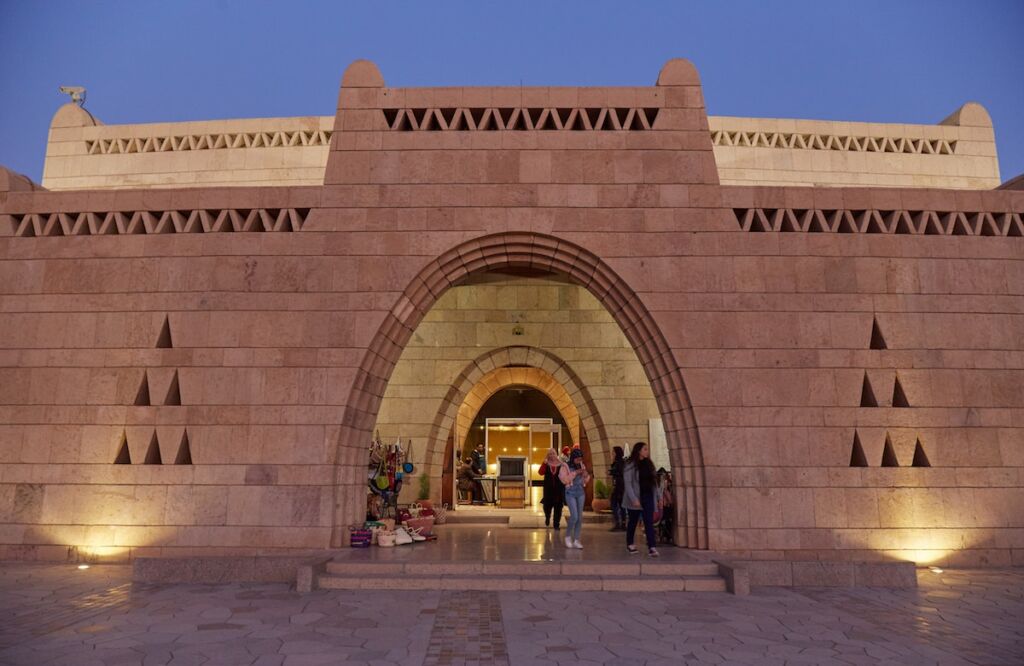
Abu Simbel Temple
Abu Simbel is a small village in Nubia, located in Southern Egypt (towards the Sudan border). The village is known for its two massive rock temples, which have been declared as World Heritage Sites by UNESCO. These temples were carved out of the mountainside when Pharaoh Ramses II ruled Egypt in the 13th Century BC. The temples were built to serve as a lasting monument to the Pharaoh himself and his queen Nefertari, as well as to commemorate his victory at the Battle of Kadesh. The Great Temple at Abu Simbel is another important landmark. It was constructed in 1265 BC, after nearly 20 years of work-in-progress. The temple was dedicated to ancient Egyptian gods Amun, Ptah and Ra-Horakhty.
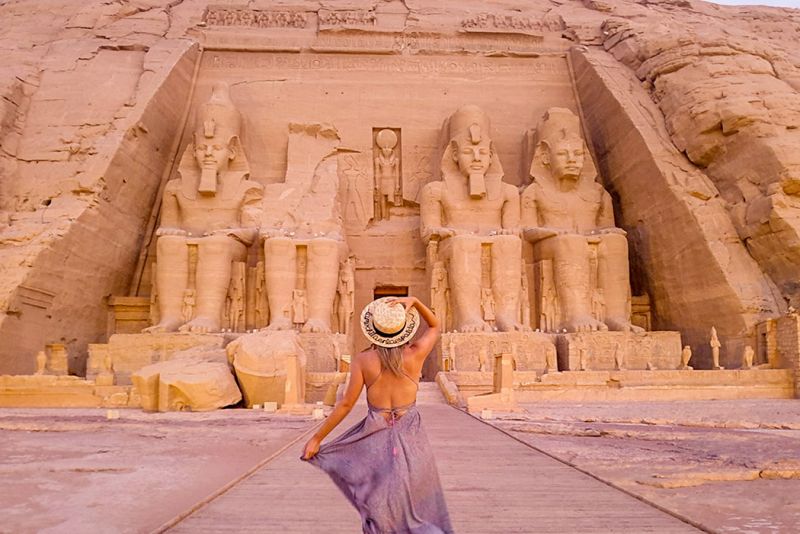
Temple Of Amada
The Temple of Amada is one of the oldest temples in Egypt. The tomb was constructed by the Pharaoh Thutmose III. The temple was constructed in the 18th Dynasty. The tomb was constructed by Amenhotep II. The structure is maintained through a wide variety of decoration programs. The name Amun was destroyed while a few minor restorations were made which can be viewed by tourists. The carvings, inspections and the drawings on the wall of the temple outline the history as the makers of the temple saw.
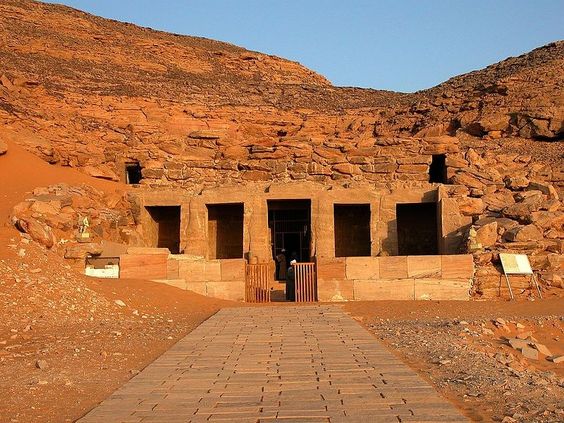
Dendera Temple Complex
The Dendera Temple Complex is a 19th Century temple which is complexly built around the 2.5-kilometer region. The complex is located in south-eastern Dendera, Egypt. The temple is one of the best-preserved temples in the area and it is complex to use. The area is known as the sixth Nome of Upper Egypt. The complex is spread out over 40,000 square meters. The hefty mud brick has an enclosed wall. The site has popularly been used for building chapels and shrines. Tourists can enjoy mud brick compound walls which can be seen from the temple roof.
